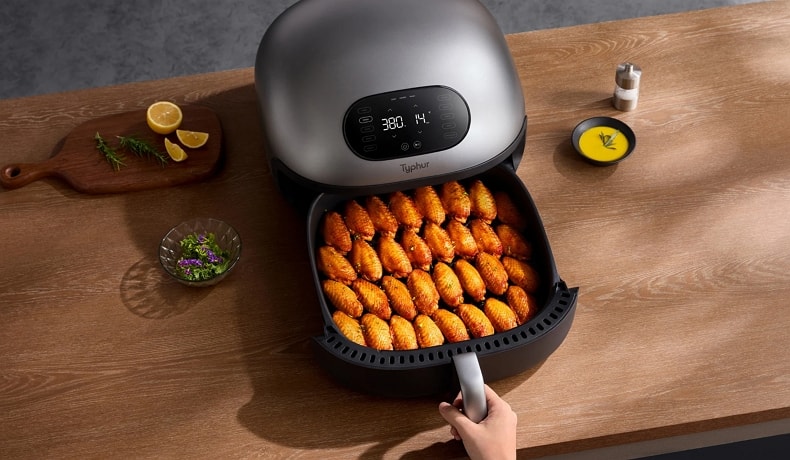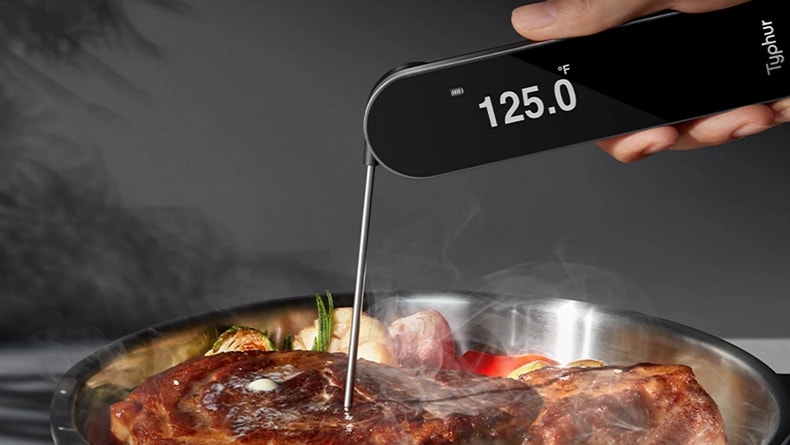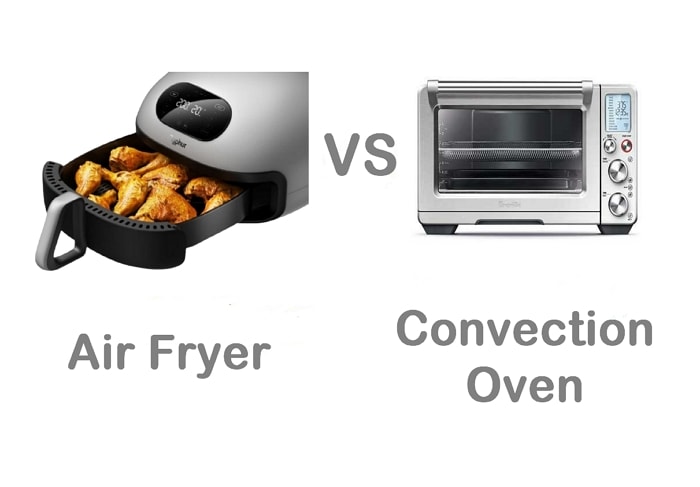When it comes to cooking, most people know what an oven is, but what about the difference between a convection oven vs conventional oven? If you’ve ever wondered which one is best for you, you’re not alone. Each type of oven has its pros and cons, and the choice between them can affect cooking time, food texture, and even energy usage.
In this post, we’ll explain everything you need to know about convection ovens vs conventional ovens, from how they work to which one is better for your next meal. Whether you’re baking a cake, roasting a chicken, or making a pizza, understanding the difference between these two ovens can help you cook better.
Table of contents
What Is a Convection Oven?
A convection oven uses a fan to blow hot air around the food. This speeds up cooking times and gives a crisper exterior and more even cooking. The fan in the oven constantly circulates air, allowing heat to reach all sides of the food and cook it faster and more efficiently.

One of the main benefits of a convection oven vs a regular oven is that the cooking is more consistent. Foods like roasted veggies or baked goods come out better textured because of the constant airflow.
What Is a Conventional (Regular) Oven?
A regular oven, also known as a conventional oven, heats the food through radiant heat from the top and bottom heating elements. In this setup, the heat rises and the air in the oven is not circulated. It takes longer for the heat to get to all parts of the food. Regular ovens are what most people think of when they picture a typical oven in the kitchen.

Conventional ovens are ideal for some kinds of cooking like baking bread or making casseroles, but on the other hand, they are less efficient and provide less even cooking compared to convection ovens.
Convection Oven vs Conventional Oven: Key Differences
The different designs of conventional and convection ovens influence the cooking process of food. Let’s review the major differences so you can choose the one that best suits your kitchen style.
Heating Method & Airflow
Convection ovens have a fan and exhaust system that circulates hot air around the food. This means faster cooking and more even heat distribution, resulting in better browning and crisping of your dishes. The constant air flow makes sure your food cooks evenly on all sides without hot spots.
Regular ovens, on the other hand, rely on top and bottom heating elements to heat the air. While this method works, the heat is uneven and often results in slower cooking time and less consistent results.
When it comes to convection oven vs regular oven, the Typhur Sync Oven takes it to the next level. With its dual heating elements and 2400 RPM fan, it provides terrific and uniform heat circulation to the food, thus allowing the food to be cooked evenly. So, there is quicker cooking and better texture, particularly for dishes like roast chicken or prime rib.

The First Countertop Oven with a Wireless Thermometer
Cooking Times
One of the most outstanding advantages of a convection oven vs a conventional one is the cooking time. Convection ovens are speeding up the cooking process via air circulation, which shortens the cooking time with the use of 20-25% less energy consumption. This method of operation is ideal for those cooks who are always busy or when you simply need quick food.
The Typhur Sync Oven is the one that brings cooking speed to the next level. It is 30% faster than traditional ovens due to the powerful fan and dual heating elements combination. No matter if you are roasting a chicken or baking a pizza, the Typhur Sync Oven guarantees fast results without compromising the quality.

Temperatures
The primary reason convection ovens cook at a lower temperature than conventional ovens because the fan circulates heat more evenly. For example, if a recipe calls for 350°F in a conventional oven, you can usually reduce it to 325°F in a convection oven, speeding up cooking and saving energy.
The Typhur Sync Oven not only does that but also adds a precise wireless thermometer to that built-in feature. It continuously monitors the temperature and automatically shuts off the oven when the target temperature is reached, ensuring perfect, consistent results every time. No more guessing or checking manually. Just accurate cooking, be it crispy roast chicken or juicy prime rib.

The First Countertop Oven with a Wireless Thermometer
Food Texture & Browning
When it comes to texture and browning, convection ovens have the upper hand. The circulating air helps create a crispier, golden-brown exterior, making it ideal for dishes like roasted vegetables, baked chicken, or even pastries. The fan not only dries the surface but also facilitates crispiness a lot.
On the other hand, conventional ovens are more likely to leave food with a softer, less crispy texture. This might be acceptable for casseroles or slow-roasted meat but one will unfortunately miss the drawer of the convection oven’s neat crisp exterior.
When to Use Convection vs Conventional Oven
The main distinction between the convection oven and the conventional oven is determined by the food to be cooked. If you crave crispy texture or quicker cooking times, then a convection oven is the right choice. It is ideal for roasting of vegetables, meats, and the like, where one can take advantage of even heat and a crispy outside.
But if you are dealing with a fragile dish like a slowly baked casserole or a cake needing moist heat, then a standard oven could be the preferred option. It will be a tender heat that lets your food cook more slowly and uniformly.
Typhur Sync Oven is a perfect appliance for those who cannot decide between two. With its 12-in-1 capability, you can go through different modes like bake, roast, air fry, etc. Also, the Typhur Sync Oven not only cooks faster but also more evenly which means you will reap the benefits of a convection oven while still enjoying the convenience of a traditional oven.

Convection vs Conventional Oven: Which Is Better?
So, which is better, the convection oven vs conventional oven? It depends on your cooking needs.
Convection ovens are better for speed, efficiency, and achieving a crispy exterior. If you’re short of time or want your food to be equally browned, then the best choice would be a convection oven.
Conventional ovens are perfect if you want to apply a more classic cooking method. They really do great at slowly and gently cooking things that require moisture, such as casseroles or delicate baked goods.
Ultimately, both ovens have their advantages and disadvantages in the kitchen. If you often cook recipes that require quick and even cooking with crispy textures, the convection oven is an excellent purchase. But, if you like slow-cooked meals or baking items that need a soft and tender texture, then a conventional oven might be your best option.



